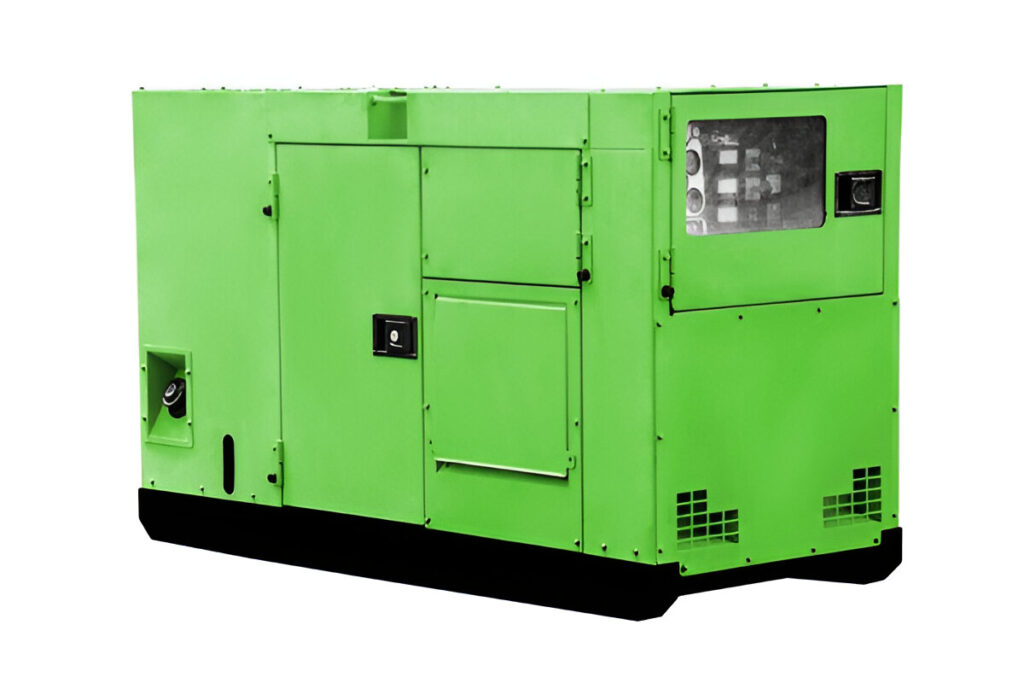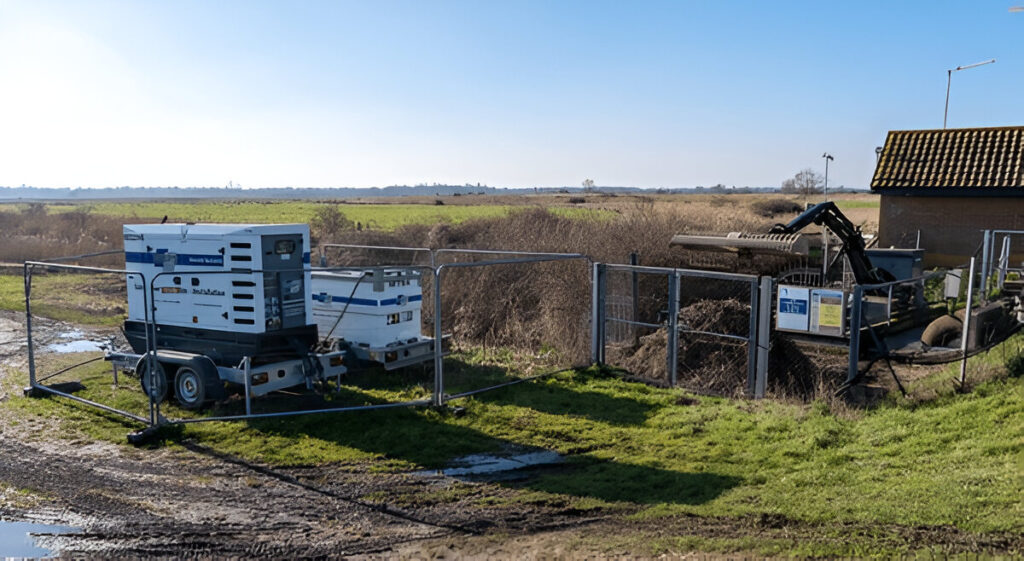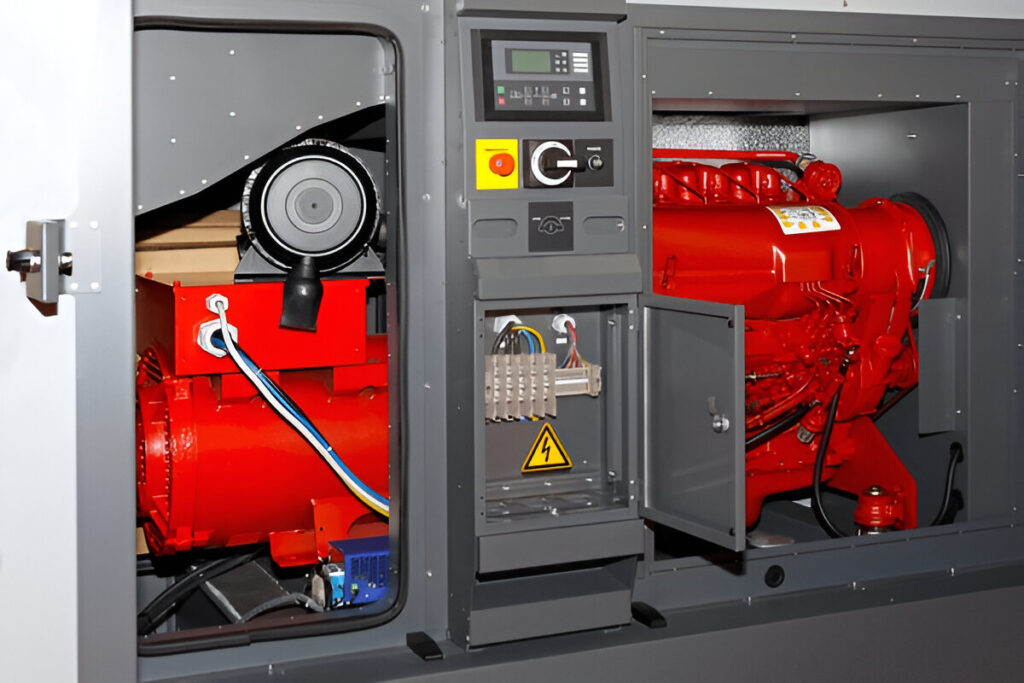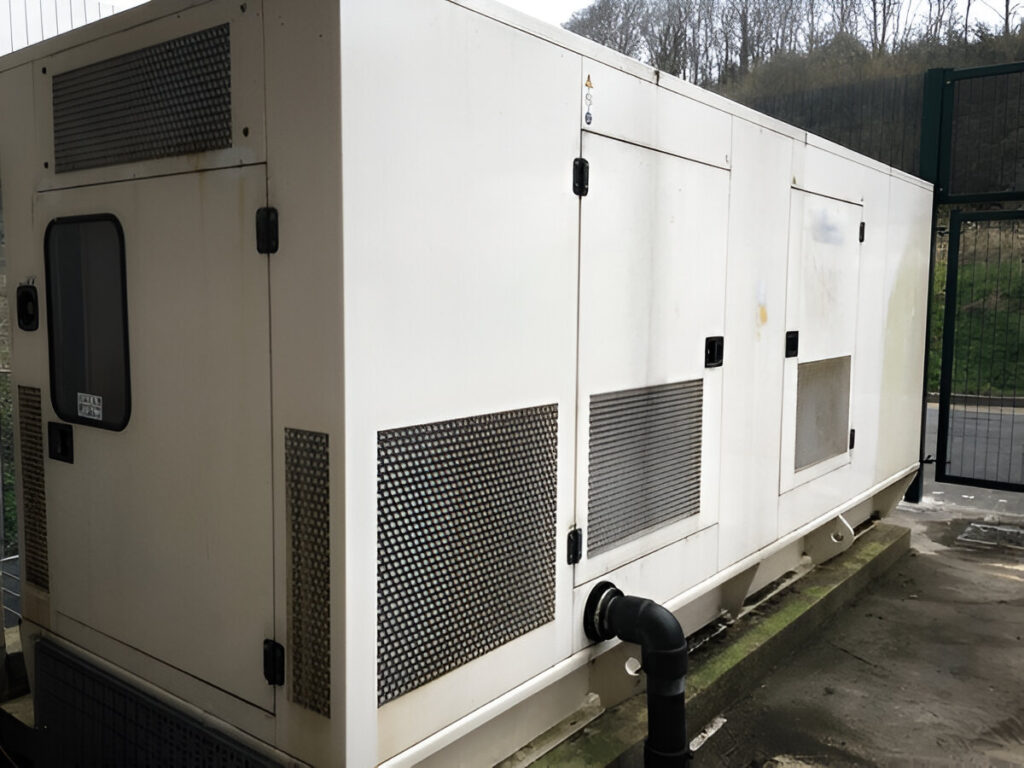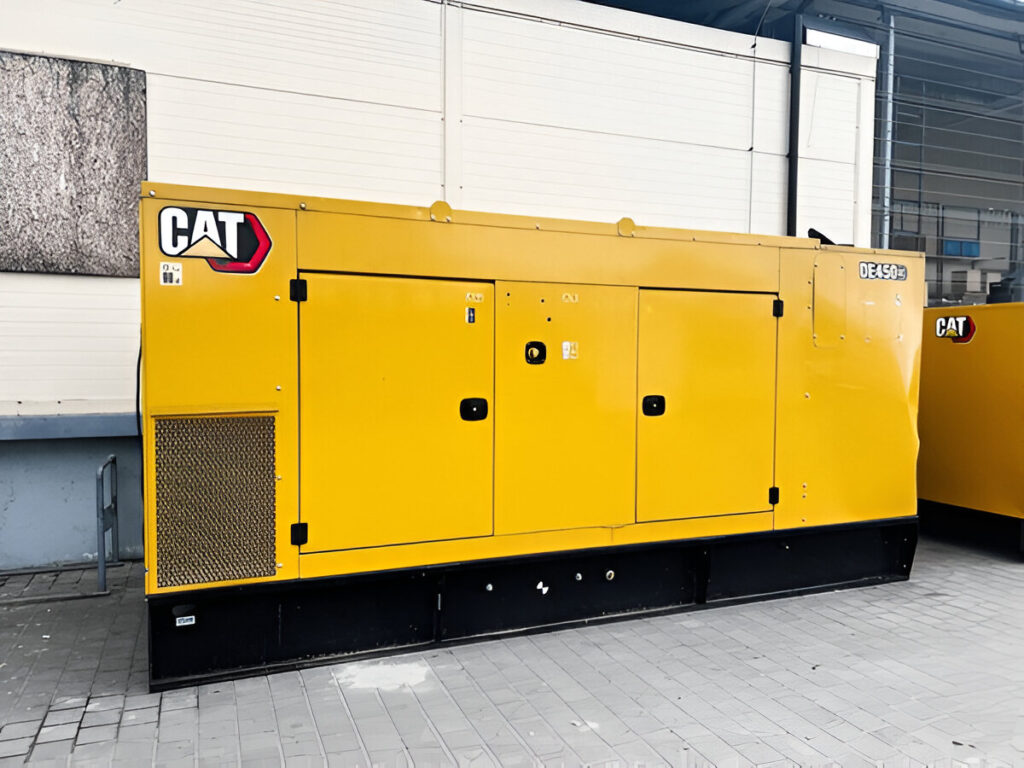Diesel generators are an essential power solution for many Canadian homes, businesses, and remote worksites. They provide reliable backup power during outages and ensure continuous operation in areas where grid power is unavailable. However, diesel engines are often associated with emissions and environmental concerns. The good news is that with the right strategies, using diesel fueled generators can be much more eco-friendly without sacrificing performance.
In this article, we’ll explore practical ways to reduce the environmental impact of your generator and make its operation more sustainable in Canada.
1. Choose the Right Eco-Friendly Diesel Generator
Not all diesel generators are created equal. Newer models are designed with advanced emission controls and fuel efficiency features that make them significantly greener. For instance, investing in high-quality models like CAT generators or a Cummins generator Canada can reduce fuel consumption and emissions while providing reliable power.
If you’re looking for a new generator for sale, focus on options with low emission ratings and features like automatic load management, which improves efficiency. For cost-effective solutions, consider a used generator for sale that has been well-maintained and meets modern environmental standards.
2. Perform Regular Maintenance for Better Efficiency
A well-maintained generator is not only reliable but also more eco-friendly. Poorly serviced diesel engines tend to burn more fuel and release higher emissions.
Key eco-friendly maintenance tips include:
- Change filters and oil regularly: Clean air and fuel filters improve combustion efficiency.
- Inspect exhaust systems: Address leaks or soot buildup to maintain proper emissions control.
- Check fuel quality: Contaminated fuel can lead to incomplete combustion and higher pollution.
Regular servicing ensures that whether you’re using a backup generator Canada or a standby generator Canada, it operates at peak efficiency with minimal environmental impact.
3. Use Cleaner Fuels and Additives
Switching to ultra-low sulfur diesel (ULSD) or using fuel additives can make your generator more eco-friendly. ULSD produces fewer sulfur emissions and works better with modern emission control technologies. Additives can enhance fuel combustion, reduce smoke, and prevent buildup in the engine.
4. Optimize Generator Load Management
Running a generator at low loads for extended periods wastes fuel and increases emissions. Generators are most efficient when operating at 70-80% of their rated load.
Consider these load management strategies:
- Combine electrical loads to run the generator more efficiently.
- Use automatic transfer switches for standby generator Canada units to prevent idling.
- Avoid unnecessary runtime by monitoring power requirements carefully.
5. Incorporate Renewable Energy for Hybrid Solutions
Pairing your diesel generator with solar panels or wind power can drastically reduce its runtime and emissions. A hybrid setup allows the renewable source to handle lighter loads, while the diesel generator kicks in only during high-demand periods or when solar energy is unavailable.
6. Upgrade to Modern Eco-Friendly Models
If your generator is older and inefficient, upgrading can be the most eco-friendly choice. Brands like CAT generators and Cummins generator Canada offer models with advanced technology that meet strict environmental standards. This reduces your fuel consumption, operational costs, and carbon footprint.
Conclusion
Making your diesel generator use more eco-friendly in Canada involves a combination of smart equipment choices, regular maintenance, and energy-efficient operation. Whether you’re investing in a generator for sale or maintaining a backup generator Canada, these strategies will help reduce environmental impact while keeping your power reliable.

